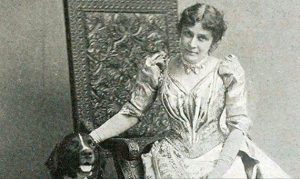Raja Rammohan Roy was one of the most influential social and religious reformers of the 19th century. He was born on May 22, 1772, in what was then Bengal Presidency’s Radhanagar in Hooghly district.
Roy’s work in the sphere of women’s emancipation, modernising education and seeking changes to religious orthodoxy holds new relevance in this time.
Also Read: ‘Time to set goals for next 25 years’, says PM Narendra Modi at BJP’s key meet
Roy was born into privilege. He grew up within the framework of orthodox caste practices of his time: child-marriage, polygamy and dowry were prevalent among the higher castes and he had himself been married more than once in his childhood. The family’s affluence meant that he had access to the best education.
Roy was a polyglot as he knew Bengali and Persian as well as Arabic, Sanskrit, and later, English. In particular, he was opposed to practices such as Sati, that compelled widows to be immolated on their husband’s funeral pyre. His sister-in-law had been one such victim of the heinous custom after his elder brother’s death.
In 1814, he started the Atmiya Sabha (Society of Friends), to nurture philosophical discussions on the idea of monotheism in Vedanta and to campaign against idolatry, casteism, child marriage and other social ills. The Atmiya Sabha would make way for the Brahmo Sabha in 1828, set up with Debendranath Tagore, Rabindranath Tagore’s father.
Also Read: West Bengal CM slams ‘divisive forces’ on Tagore’s birth anniversary
During the course of his time in Kolkata (then known as Calcutta), a period of about 15 years, Roy became a prominent public intellectual. He campaigned for the modernisation of education, in particular the introduction of a Western curriculum, and started several educational institutions in the city.
In 1817, he collaborated with Scottish philanthropist David Hare to set up the Hindu College (which now is Presidency University). He followed it up with the Anglo-Hindu School in 1822 and, in 1830, assisted Alexander Duff to set up the General Assembly’s Institution, which later became the Scottish Church College.
It was his relentless campaigning alongside contemporaries such as Ishwar Chandra Vidyasagar that finally led to the abolition of Sati under the governor generalship of William Bentinck in 1829. Roy argued for the property rights of women, and petitioned the British for freedom of the press (in 1829 and 1830).






